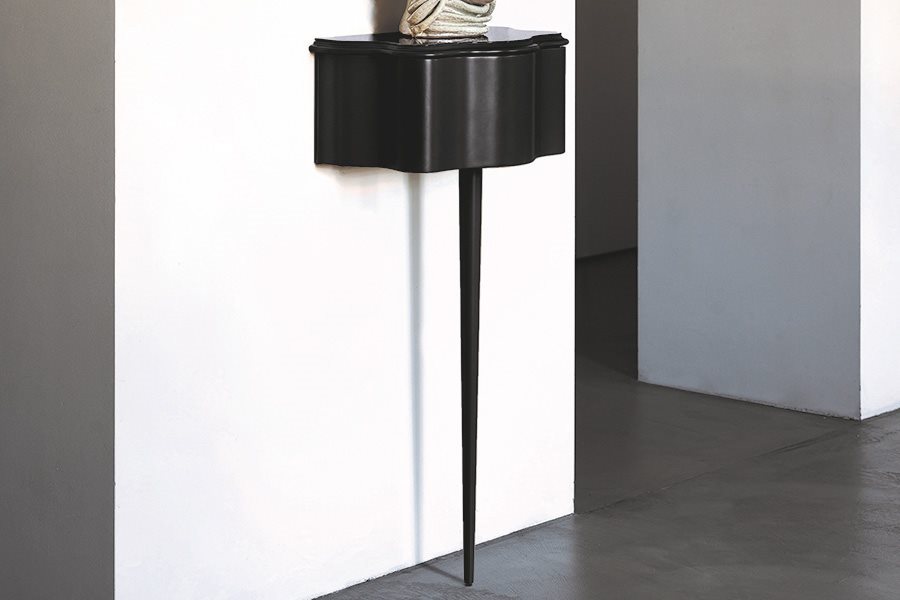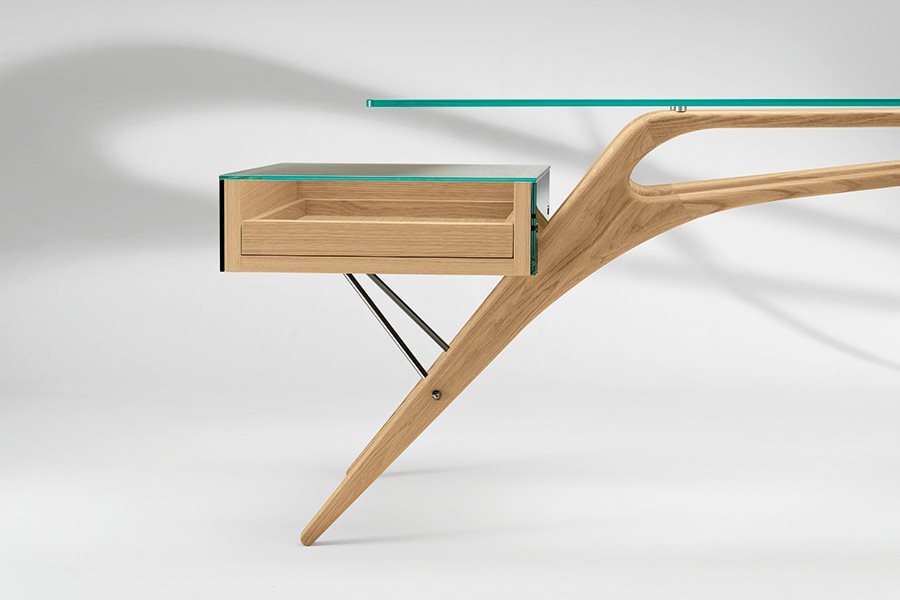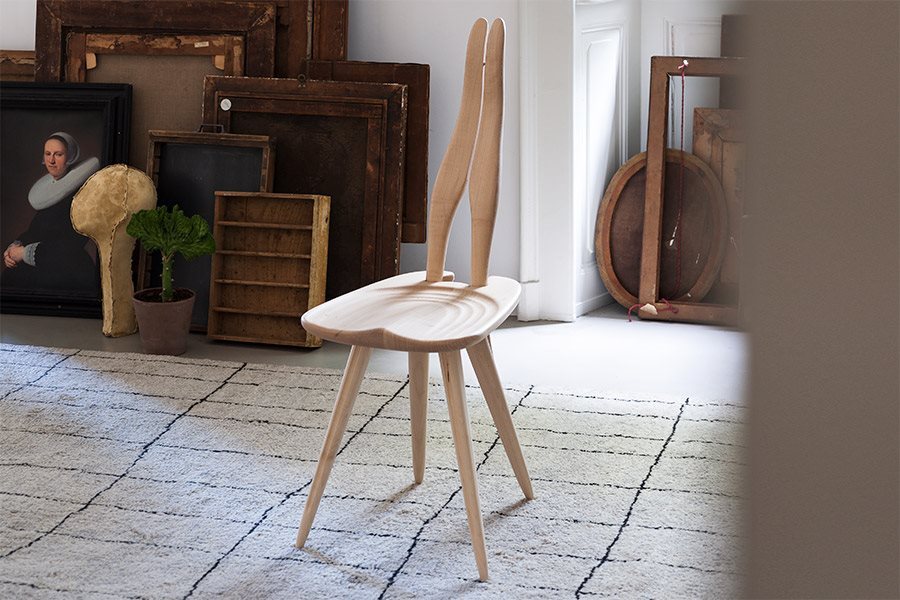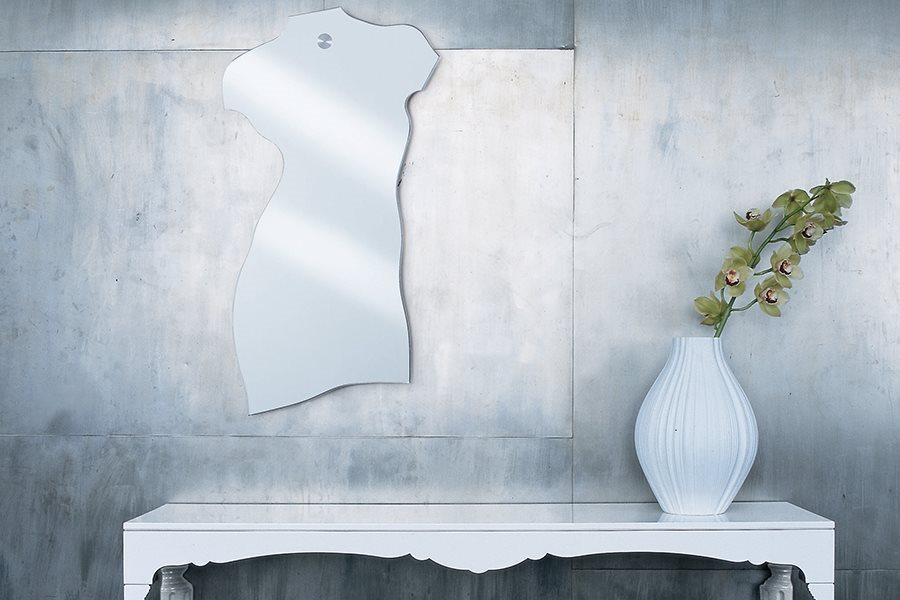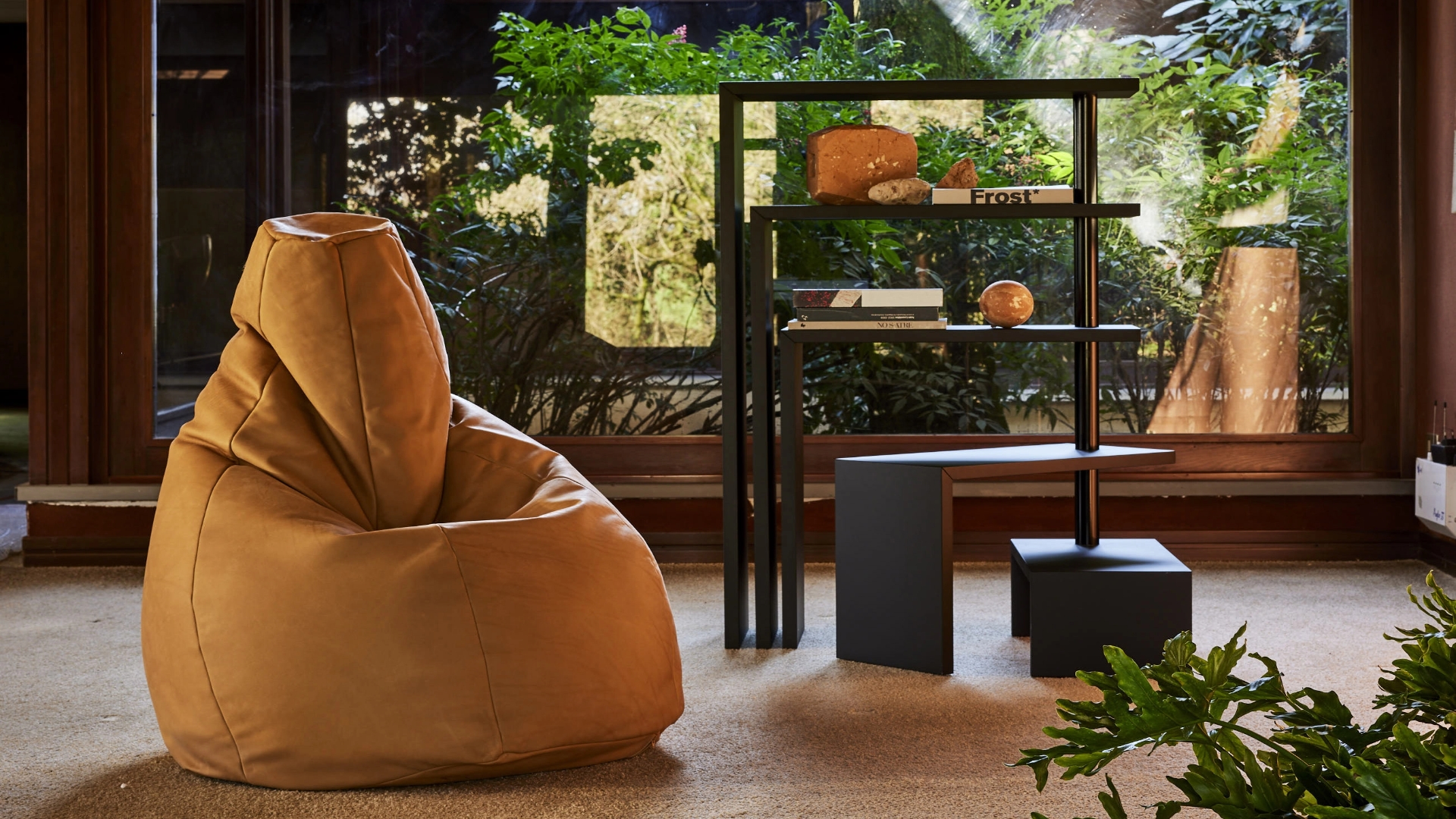Zanotta is framing the collection as a tribute and not as a reissue, because Mollino is truly unique in his genre.
Eight tribute pieces, all featuring the initials CM, make up our Mollino Collection 2020:
• the Carlino CM storage container (the first piece designed by Mollino, in 1938), which rests on a single, pointed leg and also features a drawer;;
• the Milo CM mirror (designed for Casa Miller in 1938), evoking the curved, seductive lines of the famous Greek Venus de Milo statue;
• the Ardea CM armchair (1946), designed for socialising, with a high backrest which curves over itself at the top, reinterpreting the classical “bergère” with “ears” for creating a more private, intimate space;
• the Reale CM table (1948), featuring a complex, architectural trestle structure which supports the crystal table top;
• the Arabesco CM side table (1949), characterised by the perfect balance between the full lines of the structure and the voids of the carved parts and the transparent surfaces;
• the Cavour CM desk (1949), with its contrast between the natural, slanting lines of the structure and the bold, geometric presence of the storage compartment, chest of drawers and crystal top;
• the four-position reclining Gilda CM armchair (1953), which embodies the designer’s eclectic style thanks to a sophisticated structure which uses the armrest to link the front and rear legs;
• the Fenis CM chair (designed in 1959 for the main seat of Polytechnic in Turin), a sophisticated re-design of the typical Valle D'Aosta-style chair.
Tribute to the stylistic code of Carlo Mollino
Carlo Mollino's design ethos was centred around animal-inspired forms and anatomical silhouettes whose curves created arabesques and sinuous lines reminiscent of ski tracks and the trails left by acrobatic planes in the sky.Carlo Mollino adopted a complex design style, incorporating both abstract and surrealist elements at the same time. His work drew on a varied raft of experiences and micro-worlds, that are still up-to-date and appreciated to this day.
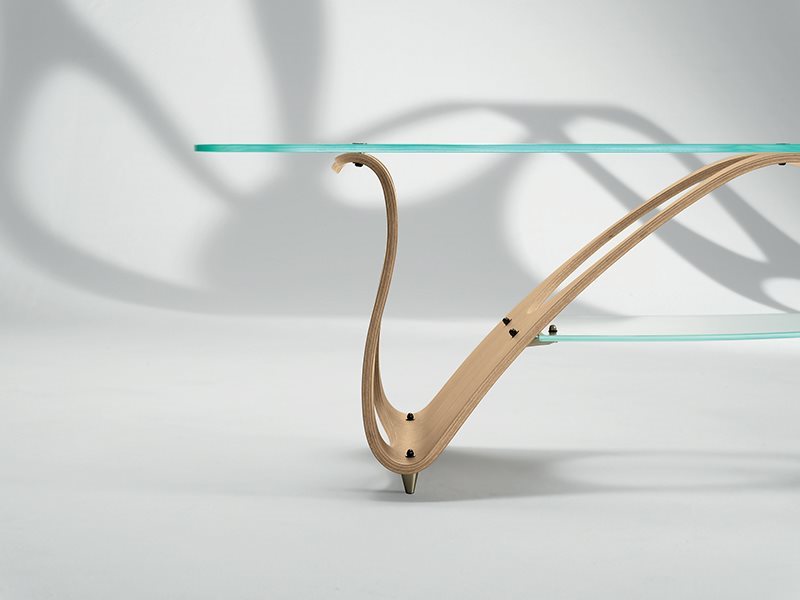
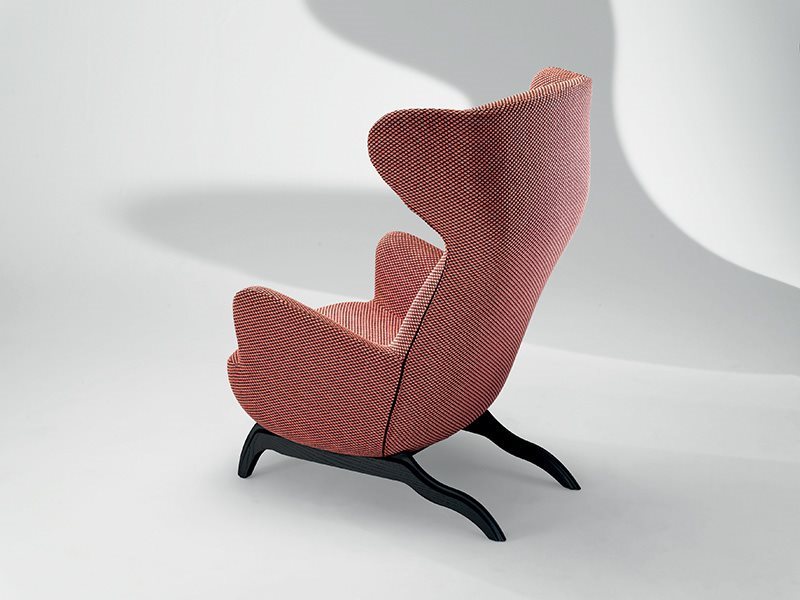
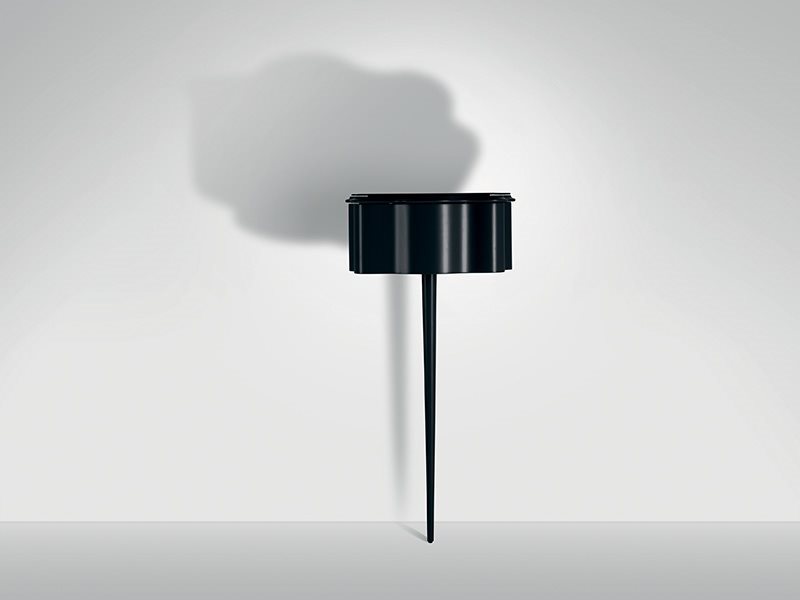
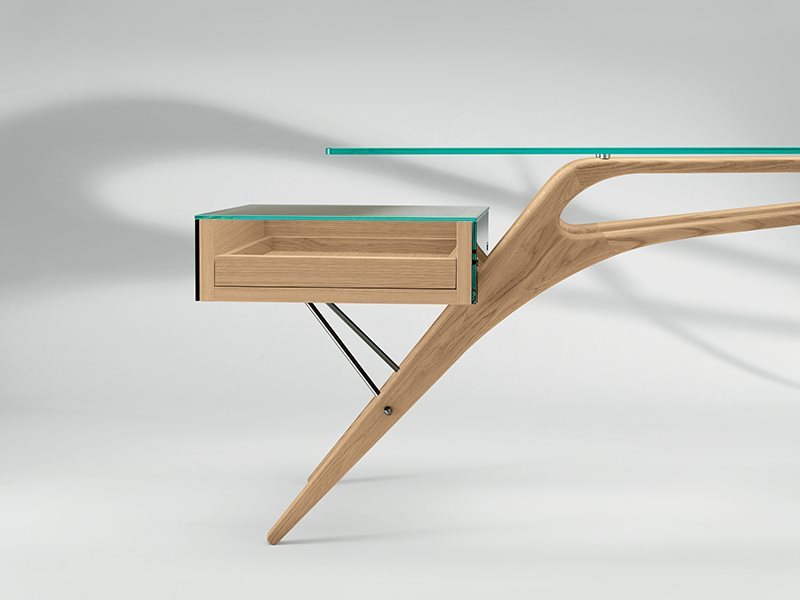
.jpg)
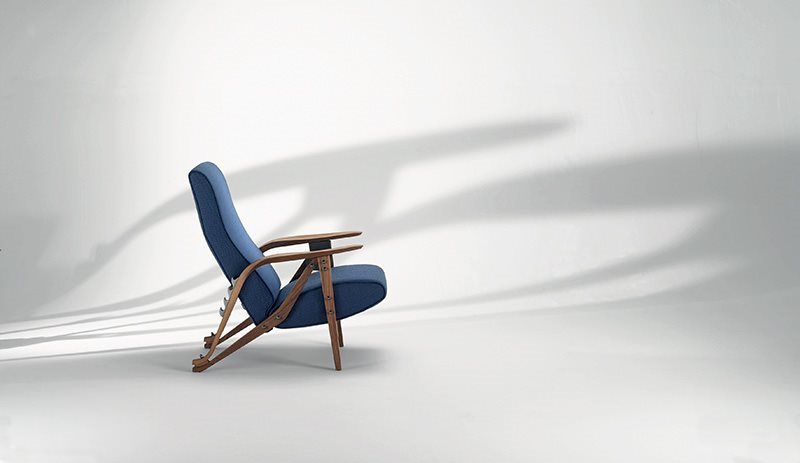
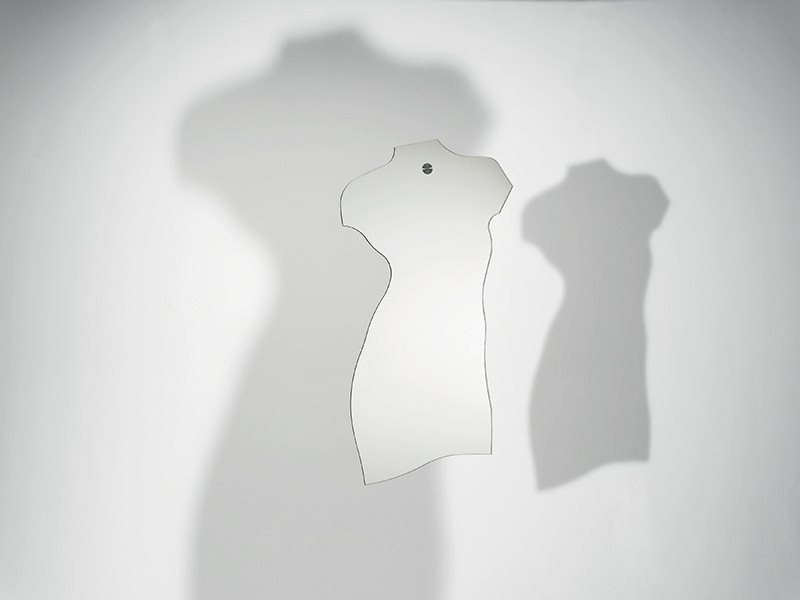
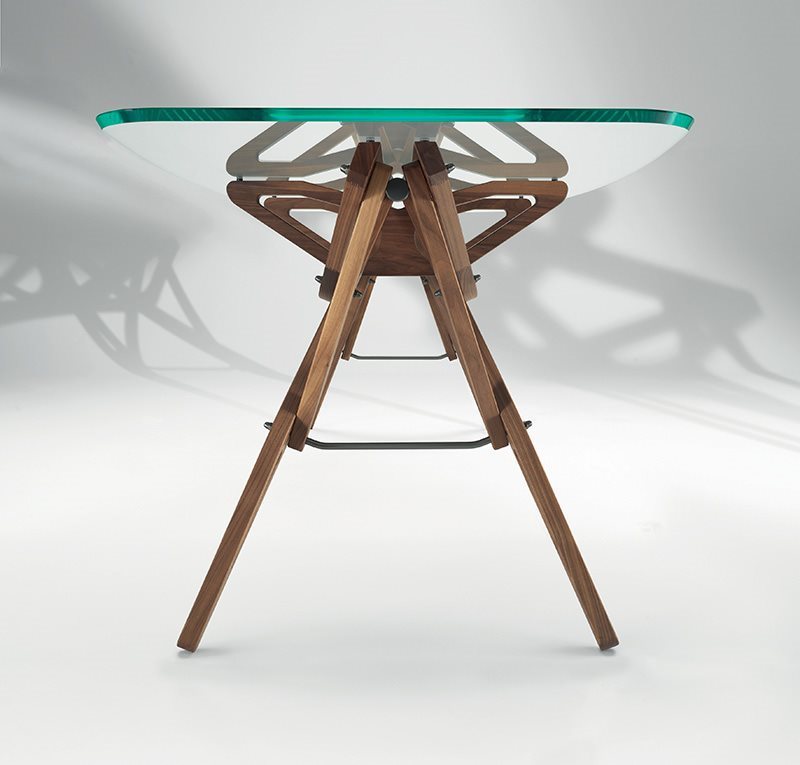
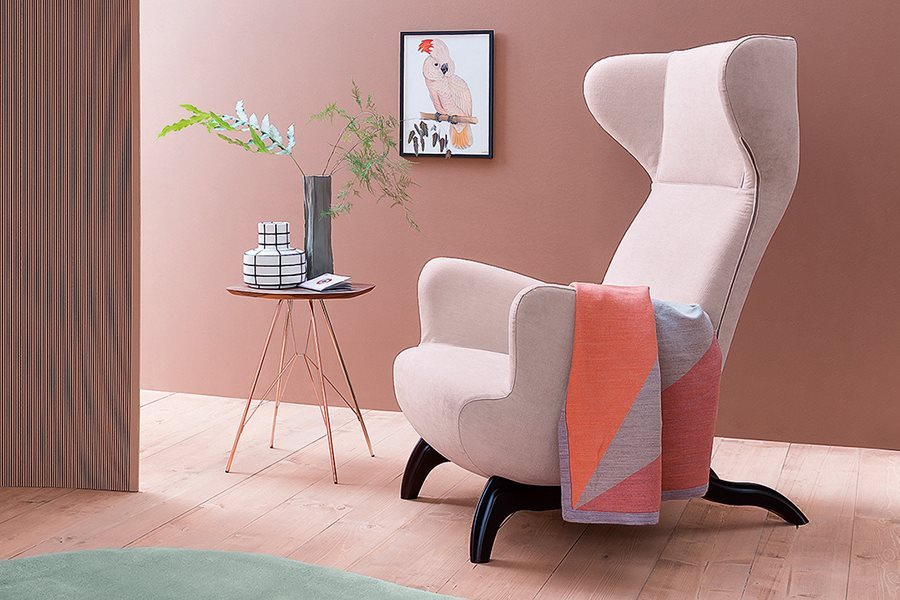
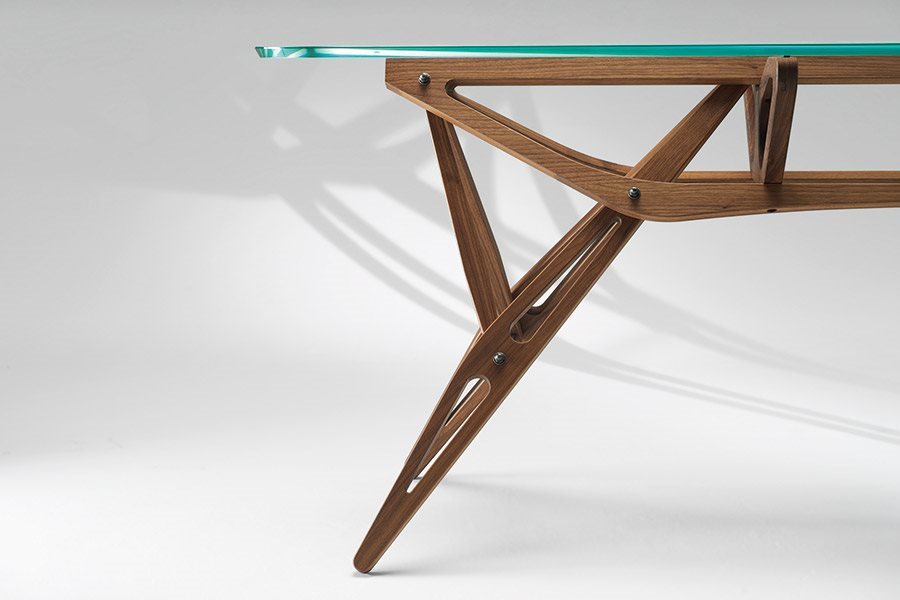
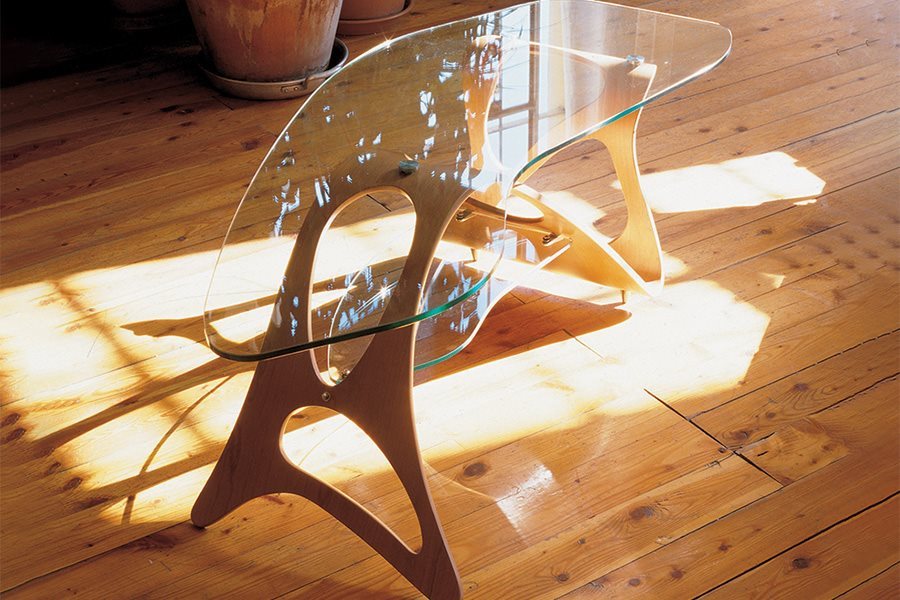
.jpg)
